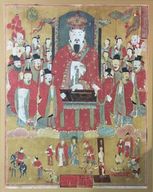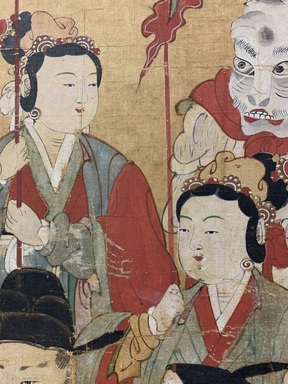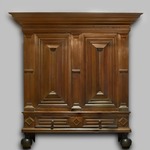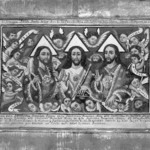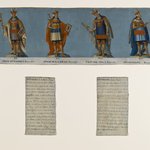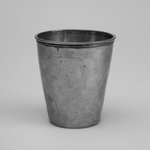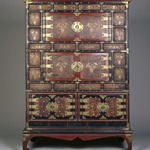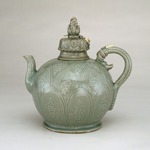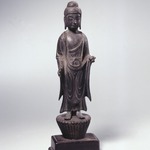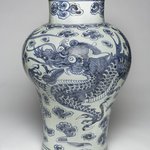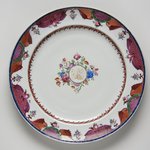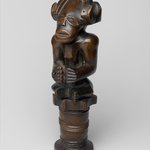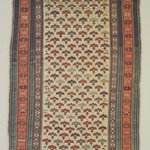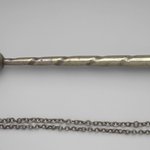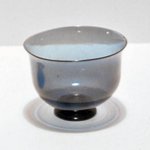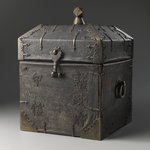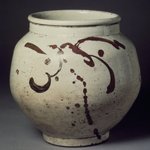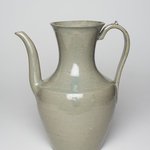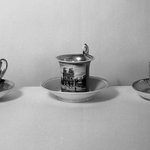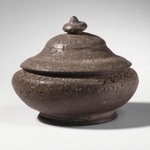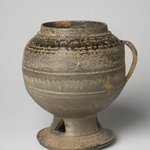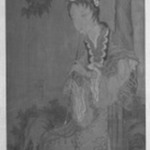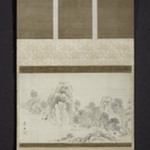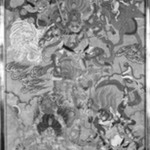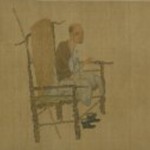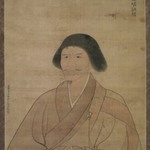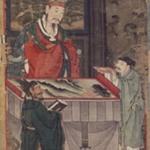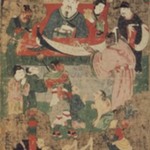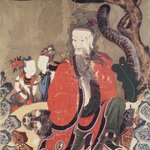

A King of Hell, early 19th century. Ink and color on silk, Framed: 70 × 60 × 2 in. (177.8 × 152.4 × 5.1 cm). Brooklyn Museum, Gift of the Carroll Family Collection, 2020.18.9 (Photo: Brooklyn Museum, CUR.2020.18.9_overall.jpg)

A King of Hell, early 19th century. Ink and color on silk, Framed: 70 × 60 × 2 in. (177.8 × 152.4 × 5.1 cm). Brooklyn Museum, Gift of the Carroll Family Collection, 2020.18.9 (Photo: Brooklyn Museum, CUR.2020.18.9_detail01.jpg)

A King of Hell, early 19th century. Ink and color on silk, Framed: 70 × 60 × 2 in. (177.8 × 152.4 × 5.1 cm). Brooklyn Museum, Gift of the Carroll Family Collection, 2020.18.9 (Photo: Brooklyn Museum, CUR.2020.18.9_detail02.jpg)
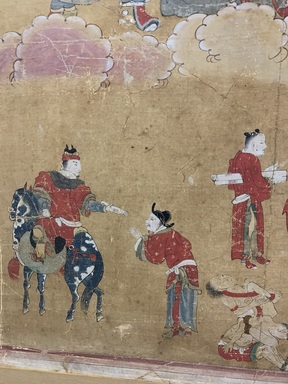
A King of Hell, early 19th century. Ink and color on silk, Framed: 70 × 60 × 2 in. (177.8 × 152.4 × 5.1 cm). Brooklyn Museum, Gift of the Carroll Family Collection, 2020.18.9 (Photo: Brooklyn Museum, CUR.2020.18.9_detail03.jpg)
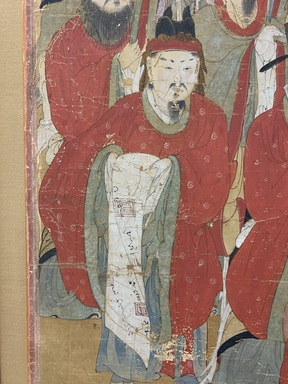
A King of Hell, early 19th century. Ink and color on silk, Framed: 70 × 60 × 2 in. (177.8 × 152.4 × 5.1 cm). Brooklyn Museum, Gift of the Carroll Family Collection, 2020.18.9 (Photo: Brooklyn Museum, CUR.2020.18.9_detail04.jpg)

A King of Hell, early 19th century. Ink and color on silk, Framed: 70 × 60 × 2 in. (177.8 × 152.4 × 5.1 cm). Brooklyn Museum, Gift of the Carroll Family Collection, 2020.18.9 (Photo: Brooklyn Museum, CUR.2020.18.9_detail05.jpg)
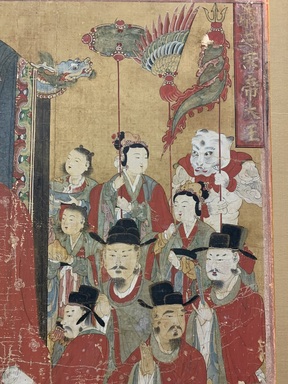
A King of Hell, early 19th century. Ink and color on silk, Framed: 70 × 60 × 2 in. (177.8 × 152.4 × 5.1 cm). Brooklyn Museum, Gift of the Carroll Family Collection, 2020.18.9 (Photo: Brooklyn Museum, CUR.2020.18.9_detail06.jpg)
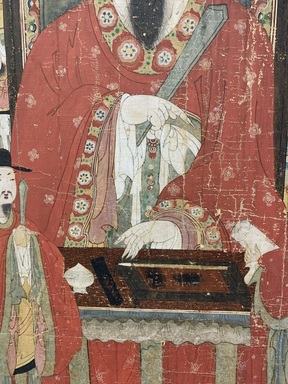
A King of Hell, early 19th century. Ink and color on silk, Framed: 70 × 60 × 2 in. (177.8 × 152.4 × 5.1 cm). Brooklyn Museum, Gift of the Carroll Family Collection, 2020.18.9 (Photo: Brooklyn Museum, CUR.2020.18.9_detail07.jpg)
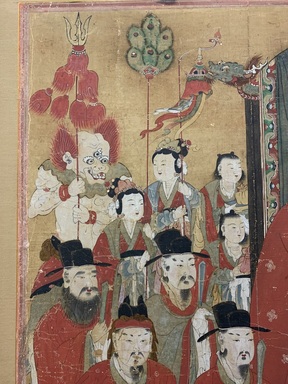
A King of Hell, early 19th century. Ink and color on silk, Framed: 70 × 60 × 2 in. (177.8 × 152.4 × 5.1 cm). Brooklyn Museum, Gift of the Carroll Family Collection, 2020.18.9 (Photo: Brooklyn Museum, CUR.2020.18.9_detail08.jpg)
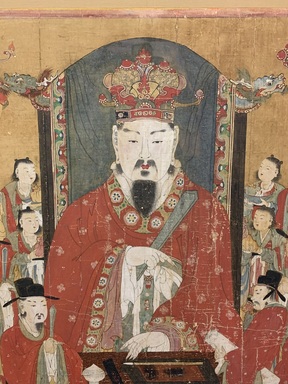
A King of Hell, early 19th century. Ink and color on silk, Framed: 70 × 60 × 2 in. (177.8 × 152.4 × 5.1 cm). Brooklyn Museum, Gift of the Carroll Family Collection, 2020.18.9 (Photo: Brooklyn Museum, CUR.2020.18.9_detail09.jpg)
A King of Hell
Asian Art
